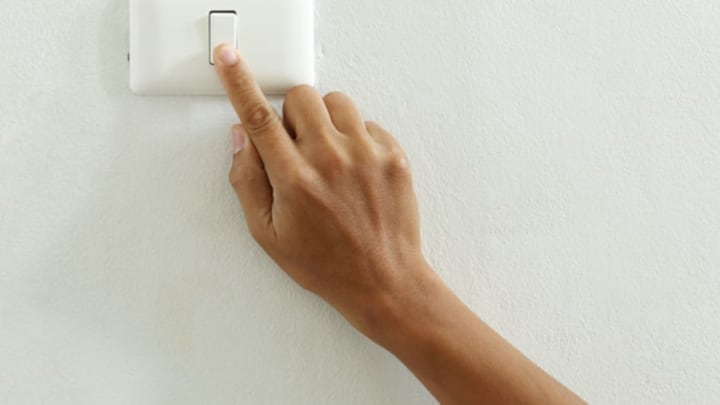How The Girl Scouts Are Helping to Save the Environment
By Anna Green

Today’s Girl Scouts are doing more than earning badges and selling cookies: They’re helping to save the environment. Scientific American reports that a new Girl Scouts educational program called GLEE (Girls Learning Environment and Energy) has been teaching Girl Scouts a range of energy conservation strategies with real results. Girl Scouts who participated in the program have successfully improved their energy-saving behaviors by as much as 49 percent.
In order to measure the effectiveness of the program, researchers at Stanford University conducted a study following 30 Girl Scout troops in Northern California as they participated in two different GLEE programs. In the first, Girl Scouts learned ways to save energy around the house (by turning off lights, taking shorter showers, and so on), while the second taught them about energy expenditure during food production and transportation (by encouraging them to bike instead of drive or reduce their meat intake). While both programs saw an increase in energy-saving activities, the first, which focused on residential energy, was by far the most successful.
The Los Angeles Times explains that the second group increased energy conservation by a mere 7 percent, while the first increased conservation by 49 percent. Researchers believe the food and transportation program may have been less effective than the residential energy program because, by and large, the children had less direct control over their family's food consumption and transportation decisions—when you're a fifth grader, it's easier to unplug a power strip than convince your parents to bike to work.
Eight months after the initial GLEE program, researchers discovered that the food and transportation group had all but ceased their energy-saving activities, while the residential energy group’s energy-saving habits were still up 27 percent compared to their pre-GLEE activities. But perhaps the most remarkable outcome of the study was that the Girl Scouts not only reduced their own energy consumption, but successfully taught their parents new energy-saving habits. Participants of the residential energy GLEE course helped their parents increase their energy-saving behavior by 12 percent (which was still up 6 percent nine months later).
The study's results could help researchers develop better environmental education programs. It’s also encouraging to see that even children can have a real impact on the environment, not only learning to curb their own energy use, but teaching others better habits. Or, as Girl Scout Rachel Swan told Scientific American, “I know all of my other friends who were in GLEE with me always went home and talked to their parents…We all had a lot of fun with it because it felt nice being the one to teach your parents things because they always teach you things. You know, return the favor.”
[h/t Scientific American]
Know of something you think we should cover? Email us at tips@mentalfloss.com.